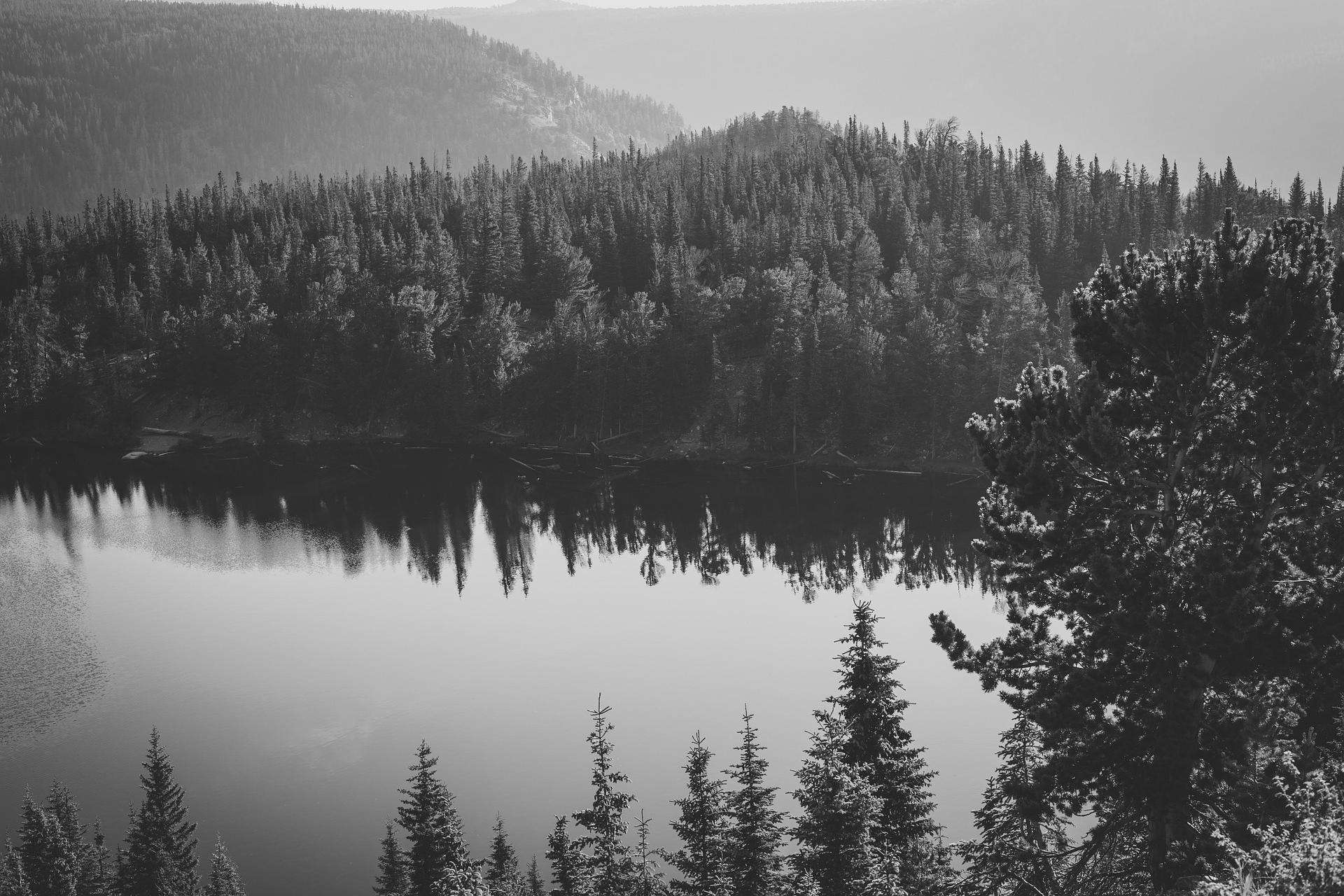CAG
At last night’s CAG meeting, we spent quite a while discussing that survey question about priorities that has been bothering me so much. Most of the other CAG members agreed that the discussion of the question in the report on the public meeting, especially in the short summary of the results, did not accurately reflect our true opinion, nor did it probably capture the true opinion of the 80 members of the public who participated in the survey in May. So we voted again, using a reworked question from the survey that has been used on the public tours all summer. (Have you taken the survey? Please click the link and do so!)
Although the CAG has no legal authority (we’re not covered by the Brown Act; none of our decisions are binding on anyone; we’re not expected even to reach consensus) the Environmental Services staff who run the meetings took our concerns very seriously, and committed to changing the parts of the report that we objected to, as well as including our new vote. I’ll be interested to see the results of the vote.
We also heard an update on the dry anaerobic digester that the private landfill operators across Los Esteros Rd from the plant want to build on some of the plant lands. They are not looking for subsidies from the city, just the lease of what’s already a former landfil.
View Larger Map
The piece of land in question lies between the two parcels owned by the landfill operator, and the Plant Manager, Dale Ihrke, told us that the law gives adjoining landowners preference when cities lease or dispose of surplus lands. The dry digester technology is new to the US, although used in Europe, where landfills are much harder to site. The facility would use as feedstock organic matter that is currently being trucked to the Central Valley, producing methane gas that the WPCP could use for energy generation. Although the plant’s own (wet) digesters produce a third of the 11 MW the plant needs every day, the rest of that energy is currently supplied by PG&E. And, while it’s true that burning methane produces CO
This fits in with San José’s Green Vision, although I was disappointed that the city doesn’t yet have plants to collect food waste separately, as some other cities are doing.
We then had an update on the technical pieces of the plant upgrade. Most of it was stuff we’d seen before, but the new bits included an estimate of $3 billion were the plant to be built from scratch today (as opposed to a mere $1 billion to upgrade it from its current state) as well as the firm statement that new technology was going to “get the plant out of the sludge lagoon business.” The sludge lagoons and drying beds occupy 770 acres of the plant lands, so that’s not a trivial change.
The plant is also right in the path of even the most conservative estimates of sea level rise due to global warming, and so land use considerations have to take that as a given.
All of this care just highlights how lucky we are to have this wastewater treatment plant. When other plant operators go to jail for dumping sludge directly in the ocean or repeatedly ask for waivers to the Clean Water Act. And we’ve got a plant whose leadership is committed to making sure that we never discharge sewage into the bay. San Francisco is proud of the fact that their treatment plants (which are very different in that they combine sewage and stormwater) discharge untreated effluent into the Bay “only” an average of 10 times each year.
